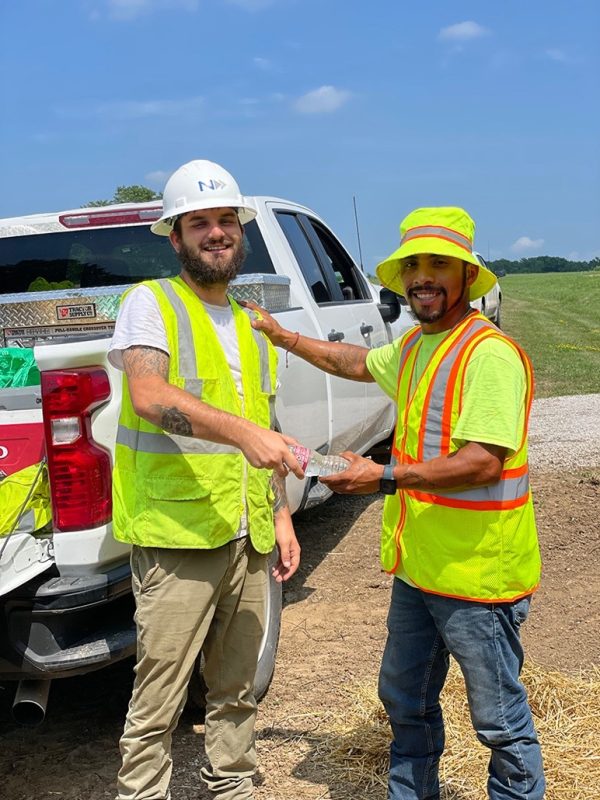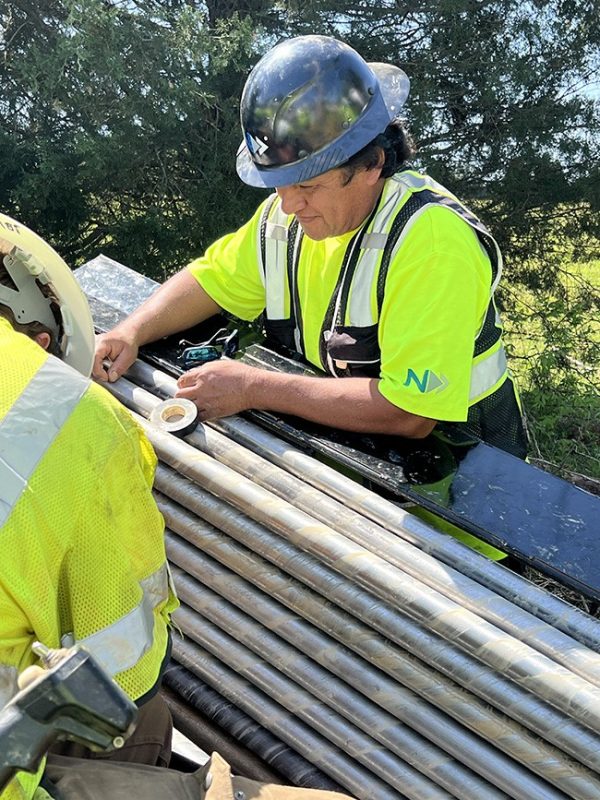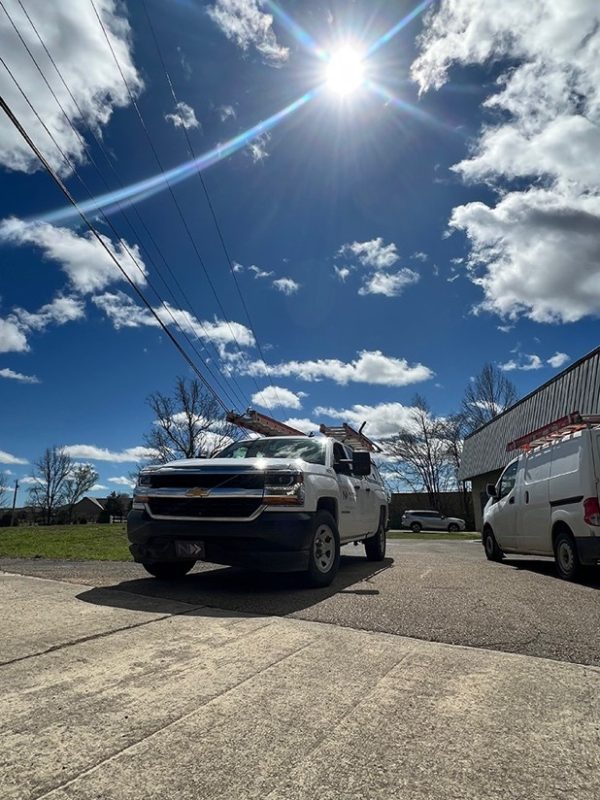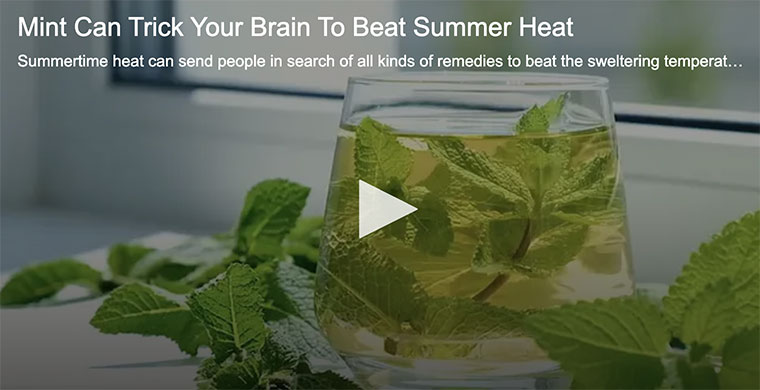10 Summer Heat Safety Tips for Staying Cool and Safe in the United States
As the summer heat sets in, many workers across the United States, like those at National OnDemand, find themselves navigating scorching temperatures and potential health risks. Whether working outdoors or even in a hot indoor environment, it’s crucial to prioritize your safety and well-being using workplace heat precautions. We want to offer you some tips and suggestions to help you stay safe while also doing your job effectively. Our goal is to help you stay safe while working in hot weather using simple summer safety precautions. Practicing outdoor work safety is important.
In this blog, we will provide you with valuable tips and advice to stay cool and safe while working in the summer heat. By implementing these cooling strategies for hot weather, you can protect yourself from heat-related illnesses and ensure a productive and healthy work environment. Staying safe in the heat is important and you can do that by following a few summer safety precautions.
Understand the Risks
Before diving into safety measures, it’s important to understand the risks associated with working in the summer heat. Heat-related illnesses, such as heat exhaustion and heat stroke, can pose serious threats to your health and safety. Recognizing the symptoms of these conditions, including dizziness, fatigue, nausea, rapid heartbeat, and confusion, is vital. Additionally, certain groups, such as outdoor workers, construction workers, and agricultural workers, are more susceptible to heat-related illnesses.
By being aware of the risks and potential vulnerabilities, you can take proper precautions to mitigate them. We hope you can apply these cooling strategies for hot weather to reduce the chances of heat-related workplace injuries. There are times when occupational heat exposure is unavoidable, but you can limit summer work hazards and heat-related health risks using our tips for heat stress prevention.

Hydration Tips in Summer Heat
Proper hydration is essential to keep your body temperature regulated and prevent heat-related illnesses. Drink plenty of water throughout the day, even if you don’t feel thirsty. Avoid excessive consumption of caffeinated or sugary beverages, as they can dehydrate you further. Consider carrying a reusable water bottle with you and keep it within easy reach to ensure you have a constant supply of water. If you have limited access to clean water, consult with your employer about supplying adequate hydration options.
The best way to describe the importance of hydration is thinking of our body as an air conditioner. Once your body starts to heat up, your internal air conditioner kicks in and you start sweating. Now that your air conditioner is activated by using its coolant (your sweat), you need to start refilling the tank – that means drinking more H2O.
Proper hydration helps reduce fatigue and improves endurance. Keep yourself hydrated by drinking water before you start the day and regularly throughout the day – drink often within each hour, with two to four glasses per hour. Avoid alcohol and caffeine, as they do the opposite, which dehydrates you.
Keep caffeine consumption low. Drinking an excessive amount of caffeine can lead to dehydration. Remember, that’s not just coffee – energy drinks also have caffeine.
The same goes for alcohol, which also has dehydrating effects. So, when you’re going to happy hour or kicking it at the pub after a long, hot day at work, don’t overdo it. Your body won’t be too happy the next day when you show up to work.
Drinks that can replenish lost electrolytes work but be careful of those that’s packed with sugar or empty carbohydrates. It goes without saying, and important to repeat, water is your best choice during the hot heat.
Bringing a water bottle to your job and refilling it is the best way to remind yourself to keep fluids in your body. Stainless steel bottles or other bottles that retain cold water temperature inside are great in keeping your water cool and refreshing throughout the workday. Alternatively, there is science behind drinking warm water to help accelerate your body from producing sweat. Whatever your preference is, ensure you keep yourself regularly hydrated and keep a bottle of water by your side. It’s your best friend in the summer.
National OnDemand uses Hydration Guidelines for employees working in warm or even extreme weather. Those guidelines call for 16-24 ounces of water consumption per hour when temperatures reach 91-95 degrees. When the heat goes higher than 96 degrees that number of ounces per hour jumps to 24-32 ounces. National supervisors review the guidelines with all employees before each job, observe water intake, require employees to take breaks and monitor them if a person seems to be in danger of suffering a heat-related issue.
Dress appropriately
Choosing the right clothing can significantly affect your comfort and safety in hot weather conditions. Opt for lightweight, loose-fitting, and breathable clothing made from natural fibers like cotton. These materials allow for better air circulation, enabling sweat to evaporate more effectively. Wear a wide-brimmed hat to protect your face and neck from direct sunlight, and use sunglasses with UV protection to shield your eyes from harmful rays.
Consider using sunscreen with a high SPF to prevent sunburn and reduce the risk of skin cancer. Heat means the sun is out and you very much want to avoid sunburn. You’re likely not wearing a parka during the summer heat, so you want to be protecting your skin that’s exposed from the sun. Be especially attentive to your most burn-prone areas, such as your nose, ears and back of your neck. Make sure to apply sunscreen with SPF 30 or higher on exposed skin and reapply every two hours.
Your sweat can also wash away sunscreen or reduce its protection, so make sure you’re always reapplying throughout the day. Wearing sun protection in the heat is extremely effective in preventing sunburn during your workday.

Take regular breaks
Frequent breaks help your body recover from heat exposure and prevent overheating. Schedule your work in a way that allows for rest periods in shaded or air-conditioned areas. Use this time to cool down and replenish your fluids. Implementing a buddy system where coworkers can look out for each other’s well-being is also beneficial. If possible, adjust your work hours to avoid the hottest parts of the day. Plan for more demanding tasks during the cooler morning hours and late afternoon.
Remember, safety is just as important as productivity. We all know you want to keep productivity levels high by working hard, but it’s important to also work smart and take the necessary breaks to avoid heat stress when temperatures are high. If you’re working on projects that allow you to rotate between your crew, make sure that’s done so that everyone is given a break from the sun. We know it’s hot out there. When you have breaks, take cover! Literally.
We told you extreme heat is a health risk, so having tents, shelters, or cooling stations to take cover will help keep you going throughout the day. Take your breaks in shaded areas, and if possible, try to do your tasks in shaded areas.

No shade? No problem. Shaded areas can be created with something as simple as an umbrella, or as mentioned before, a hat to protect your face.
Eat lighter and don’t stuff yourself
Skip the heavy burrito or burger for lunch during a hot day. In hot weather, your body will work best when consuming leafy greens, fresh fruit and nuts to replenish your electrolytes, and water-rich foods, such as celery, cucumbers, lettuce, and watermelon, to keep you hydrated. Fatty, fried, and heavy meals, especially protein-rich meats, force your body to work overtime and use more metabolic heat to break down heavy foods. Eating more frequent but lighter meals and snacks throughout the day will also give your digestive system a break.
Spice it up?
People living in hotter climates, such as Central and South America, Caribbean, Africa, Southeast Asia, and India, know what’s up when it comes to eating food in hot weather – they fight fire with fire by eating spicy food! Although you may initially be scratching your head on this one, there’s science to this. Spicy food can cool you down, as the heat from spicy food causes your blood circulation to rise, which then causes you to sweat. And as mentioned, sweating is a human’s cooling mechanism. So next time you’re prepping your salad, don’t be afraid to spice it up and throw in some chili peppers!
Create a Safe Work Environment
If you work indoors, take steps to ensure a comfortable and safe environment. Maintain proper ventilation and air circulation by using fans or air conditioning systems. Install blinds or curtains to block direct sunlight and reduce the heat entering the workspace. Consider using reflective window films to minimize heat transfer. If your workplace lacks air conditioning, use portable fans and try to create cross-ventilation by opening windows or doors.
Engage in regular maintenance and inspections to find and address any potential hazards related to the heat. Certain work surfaces, such as metal, can become quite hot when the sun is out. And bright and shiny surfaces can reflect UV rays. Make sure to keep these materials out of direct sunlight until you’re ready to install them or alternatively, you can cover them.

Part of working smart is not just taking your necessary breaks, but also prioritizing the tasks that can be done before the sun is blaring hot. If possible, allot your mornings to the most demanding tasks and get those out of the way when it’s less hot. That way, when facing the scorching heat in the latter half of the day (usually the hottest at 3-6 p.m.), you won’t needlessly have to expend a lot of energy, as you finished all the heavy lifting in the morning.
Give yourself a simple spray with a spray bottle or dribble water from your bottle to take some of the heat off you. You can also get yourself an ice bucket with water and ice to use throughout the day. When you’re cooling yourself with water, aim for the pulse points, which includes:
- Neck
- Wrists
- Insides of elbows and knees
- Top of your feet
- Insides of your ankles
- Inner thighs
- In front of your ears
Pulse points are areas where blood circulates more closely to the skin. Cooling off these points will more efficiently cool off your blood, and thus, lowering your body temperature.
Use a Damp Towel
A damp towel you can put around your neck is a terrific way to keep yourself cool throughout the workday. Not only does it keep you cool but also protects your neck from UV rays. Don’t forget to also cool your pulse points with your damp towel. Keep it cool by soaking it in your ice bucket or wrapping it around an ice pack.

Know the Emergency Procedures
Being prepared for emergencies is crucial when working in hot conditions. Familiarize yourself with your workplace’s emergency procedures, including how to recognize and respond to heat-related illnesses. Learn the location of first aid kits and emergency response stations. If you or a coworker exhibit signs of heat exhaustion or heat stroke, seek medical help. Knowing your heat safety guidelines and heat emergency procedures is important in preventing things like heat exhaustion and heat stroke.
Protect Yourself From The Heat When Working Outside
Safety is a top priority on any worksite, and heat safety is no different. When managing heat stress at work and heat-related illnesses, it’s important that heat safety education, guidelines, and programs are understood and practiced at the worksite. Along with that, following these 10 essential tips will help you keep your cool while working in the heat.
10 Summer Heat Safety Tips:
- Stay hydrated. Drink plenty of fluids; drink about 16 ounces (about 473.18 ml) before starting and 5 to 7 ounces (about 207.01 ml) every 15 or 20 minutes.
- Avoid dehydrating liquids. Alcohol, coffee, tea, and caffeinated soft drinks can hurt more than help.
- Wear protective clothing. Lightweight, light-colored, and loose-fitting clothing helps protect against heat. Change clothing if it gets completely saturated.
- Pace yourself. Slow down and work at an even pace. Know your own limits and ability to work safely in heat.
- Schedule breaks. Take time for rest periods and water breaks in a shaded area.
- Use a damp rag. Wipe your face or put it around your neck.
- Avoid getting sunburn. Use sunscreen and wear a hat if working outside.
- Be alert to signs of heat-related illness. Know what to look for and check on other workers that might be at high risk.
- Avoid direct sun. Find shade or block out the sun if possible.
- Eat smaller meals. Eat fruits high in fiber and natural juice. Avoid high protein foods.
Mint Can Trick Your Brain To Beat Summer Heat
SOURCE: WEATHER CHANNEL
Summer heat can send people in search of all kinds of remedies to beat the sweltering temperatures. Here’s one that may be new to some: mint. Here’s how it works and why.

